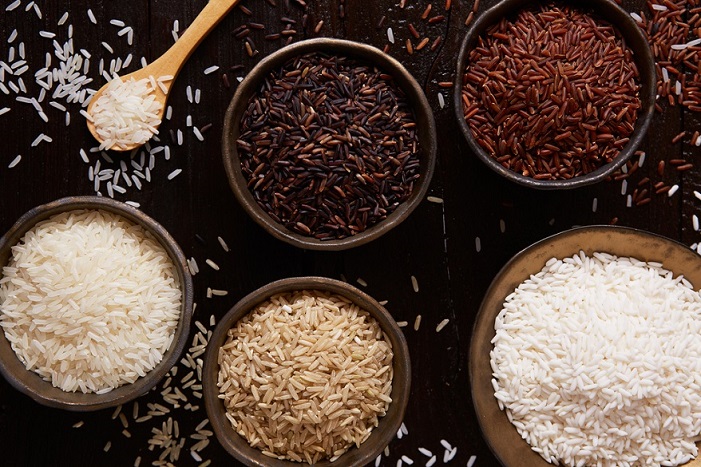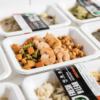Gluten-free is one of the biggest trends in the food industry right now.
It can be hard to know what carbs contain gluten and which don’t.
Carbs = full of gluten is not true.
With the popularity of gluten-free foods and diets – it has never been easier for people to find gluten-free carbs that they can enjoy.
We are going to briefly explain what gluten is, explore which foods contain gluten, and discuss gluten-free grains.
What is Gluten?
At a glance, gluten is a protein found in certain types of grains such as wheat, rye, and barley. It gives bread and other grain products their elasticity and stretchiness.
Besides those with Celiac Disease who have to avoid gluten altogether, there are others who experience a gluten intolerance who will benefit from a gluten-free diet as well. The side effects of eating food with gluten will depend on the intensity of the intolerance.
Some of the symptoms of a gluten intolerance according to Healthline are:
- Behavioral Changes such as depression, ADHD, and brain fog
- Weight Loss
- Muscle Cramps
- Joint Pain
- Skin Inflammation or Rash
- Digestive Issues such as bloating or diarrhea
- Headaches or Migraines
Where Can Gluten Be Found?
Gluten is primarily found in wheat, barley, and rye, as well as their byproducts.
Any product with one of these ingredients will likely trigger your gluten intolerance.
This includes foods with white flour, which is just wheat that’s been stripped of its nutritional value.
When you’re grocery shopping, be extra careful about this because these ingredients aren’t always mentioned in the ingredients list.
Always check the ingredients list and the allergen list at on your food labels for gluten.
Is Rice Gluten-Free?
Yes, all types of rice are naturally gluten-free according to Beyond Celiac.
Let us break that down for you as there are many types of rice.
Is white rice gluten-free? Yes.
Is brown rice gluten-free? Yes.
Is wild rice gluten-free? Yes.
Is jasmine rice gluten-free? Yes.
So if you’re buying plain white, brown, jasmine, or wild rice, you don’t need to worry about it containing gluten.
Just make sure the rice is not mixed with any other wheat product first. This will help you avoid any cross-contamination.
Also, it is important to note that harvesting, processing or manufacturing rice can be in contact with both gluten and non-gluten grains if they are produced in the same facility.
If any of your rice product was processed with any other grains then there’s a large possibility of cross-contamination. And if you aren’t sure if this is the case, then get in touch with the manufacturer to learn more about this.
Be sure to ALWAYS check your carb labels for any cross-contamination.
Are There Other Gluten-Free Carbs Besides Rice?
And the answer to that question is yes!
There are other lesser known grains that are gluten-free as well.
Here is a list of gluten-free carbs that you can add to your daily diet:
- Amaranth: Healthline says the following about it: “classified as a pseudocereal, meaning that it’s not technically a cereal grain like wheat or oats, but it shares a comparable set of nutrients and is used in similar ways. Its earthy, nutty flavor works well in a variety of dishes.”
- Buckwheat: Is not a grain, but it is easy to prepare and is an inexpensive seed that you can add to trail mix or pilaf.
- Millet: A staple food from various diets worldwide and is often eaten as porridge or oatmeal.
- Oats: Be sure that the oats that you purchase are gluten-free. This is an option that not a lot of people know about.
- Sorghum: It is a popular sweetening syrup, but is now used as a flour or grain. We commonly know it as cornmeal.
- Teff: A fine grain from Africa that is now being used as a flour to make traditional bread. Look for it in your flour section.
- Quinoa: A grain crop that contains all essential amino acids. It is now being used in many popular plant-based dishes.
These grains and seeds are great carb alternatives to traditional wheat, rye, and barley. They can provide a great variety to your meals and dishes.
Also, each of these seeds and flours provide their own nutritional value and health benefits which is a win-win situation for you.
In Closing…
Gluten is everywhere and can be hard to avoid at times. However, eating gluten-free is possible! It is a myth that carbs are full of gluten. Remember to add carbs to your meals to help you stay fuller longer and to help give you the energy that you need to get through your day.




